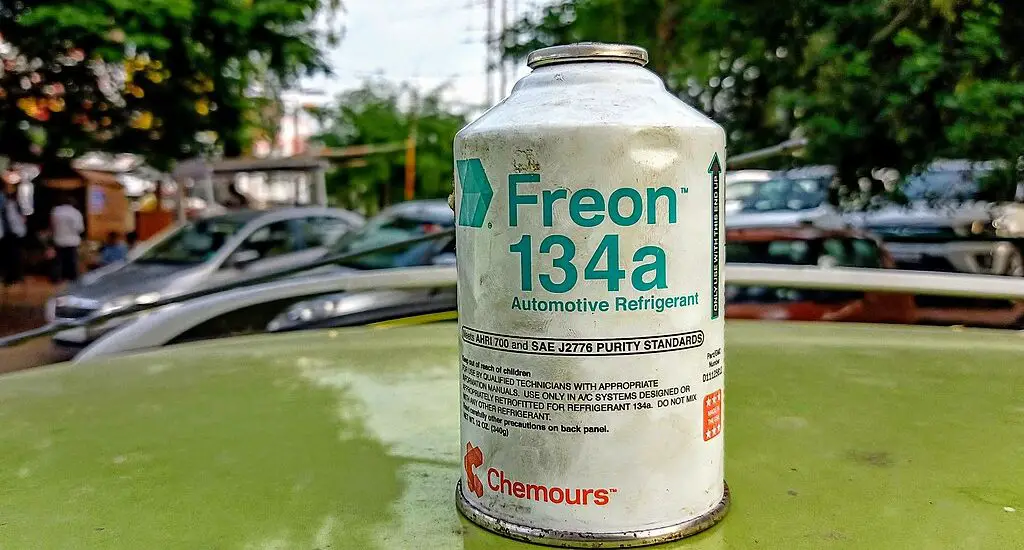The purpose of Freon in today’s world is a subject often shrouded in technical jargon. This guide offers you an easy-to-understand, in-depth look at why Freon is an indispensable component in cooling systems such as air conditioners and refrigerators.

Table of Contents
Exhaustively Addressing the Purpose of Freon
If Freon could talk, it would probably say its job is to be the “mover” of heat. It takes on the essential role of a heat courier in systems like air conditioners, refrigerators, and freezers. Here’s how it functions in an extremely detailed manner:
Heat Absorption
When you switch on your air conditioner, the warm air in the room is drawn into the unit. This is where Freon steps in. It acts like a sponge, absorbing this heat to convert it from a low-pressure gas to a high-pressure gas. Essentially, it “traps” the heat to take it away from your living space.
Heat Transportation
Now carrying the heat, the Freon moves through a series of coils and tubes in the system. Think of it like a train going through tunnels, carrying precious cargo. It’s pressurized to help it move efficiently and quickly so that your system isn’t wasting energy.
Heat Release
Upon reaching the condenser unit, which might be outside your home in the case of an air conditioner, the Freon encounters a fan. This fan helps the Freon to “let go” of the heat, releasing it into the open air. At this point, the Freon changes back from a high-pressure gas to a low-pressure liquid, ready to absorb more heat.
Cooling Effect
After releasing the heat, Freon returns to where it started to repeat the process. This cycle is continuous for as long as the appliance is on. The end result is a space that remains cool and comfortable or food that stays well-preserved and fresh.
How Does Freon Work?
Freon works in a closed-loop system, which is a bit like a race track that keeps going around. What enables Freon to be so effective in cooling systems is its ability to change states—from liquid to gas and back to liquid—very easily under controlled pressures. This property is critical for its function. Let’s look at the major components and how they interact with Freon:
Compressor
This is where Freon is pressurized. You can think of the compressor as the “starting line” of our race track. It compresses the low-pressure Freon gas into a high-pressure gas, giving it the energy it needs to circulate through the system.
Condenser Coils
Located usually on the back of refrigerators or outside for air conditioners, these coils serve as the “finish line” where Freon releases the heat it has gathered. This is facilitated by a fan that blows air over the coils, aiding the Freon in relinquishing the heat.
Expansion Valve
After losing its heat, the Freon is still under high pressure. It needs to be calmed down before absorbing more heat. The expansion valve does this by reducing the pressure, preparing the Freon for its next heat absorption cycle.
Evaporator Coils
This is the “back to start” point on our race track. Here, Freon turns back into a low-pressure gas, ready to absorb more heat. These coils are located inside the appliance and are where Freon first begins absorbing heat.
Health and Environmental Impact
Freon itself is not immediately harmful to humans, but its misuse can be problematic. If leaked and exposed to fire, it can produce toxic fumes.
In addition, older types of Freon, particularly CFCs, are known for their ozone-depleting properties. This led to regulatory changes, phasing out many such substances in favor of more environmentally friendly options.
